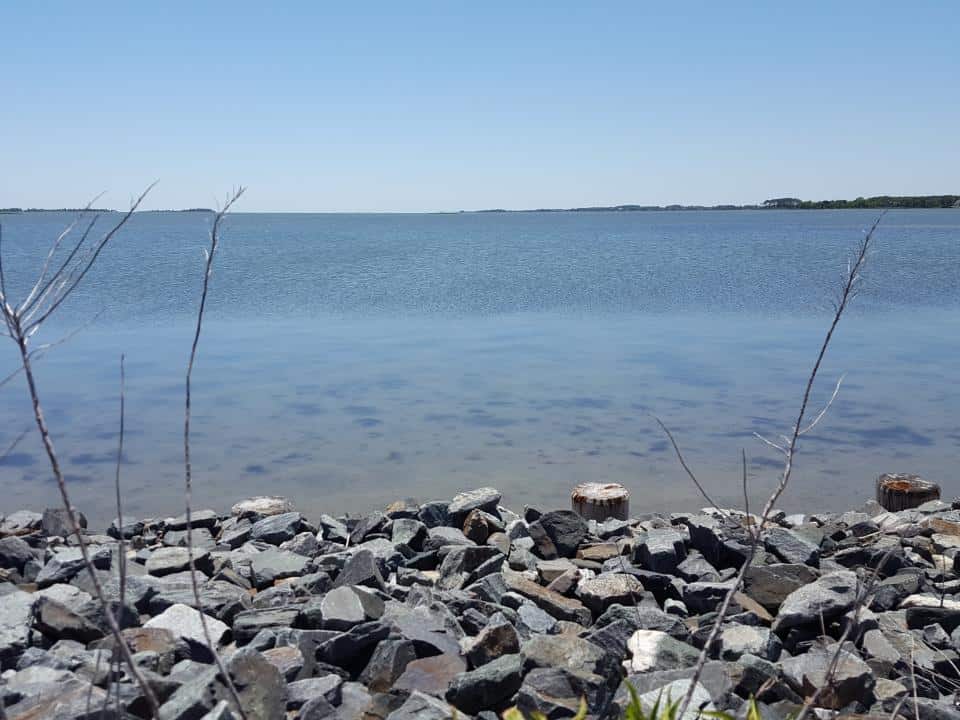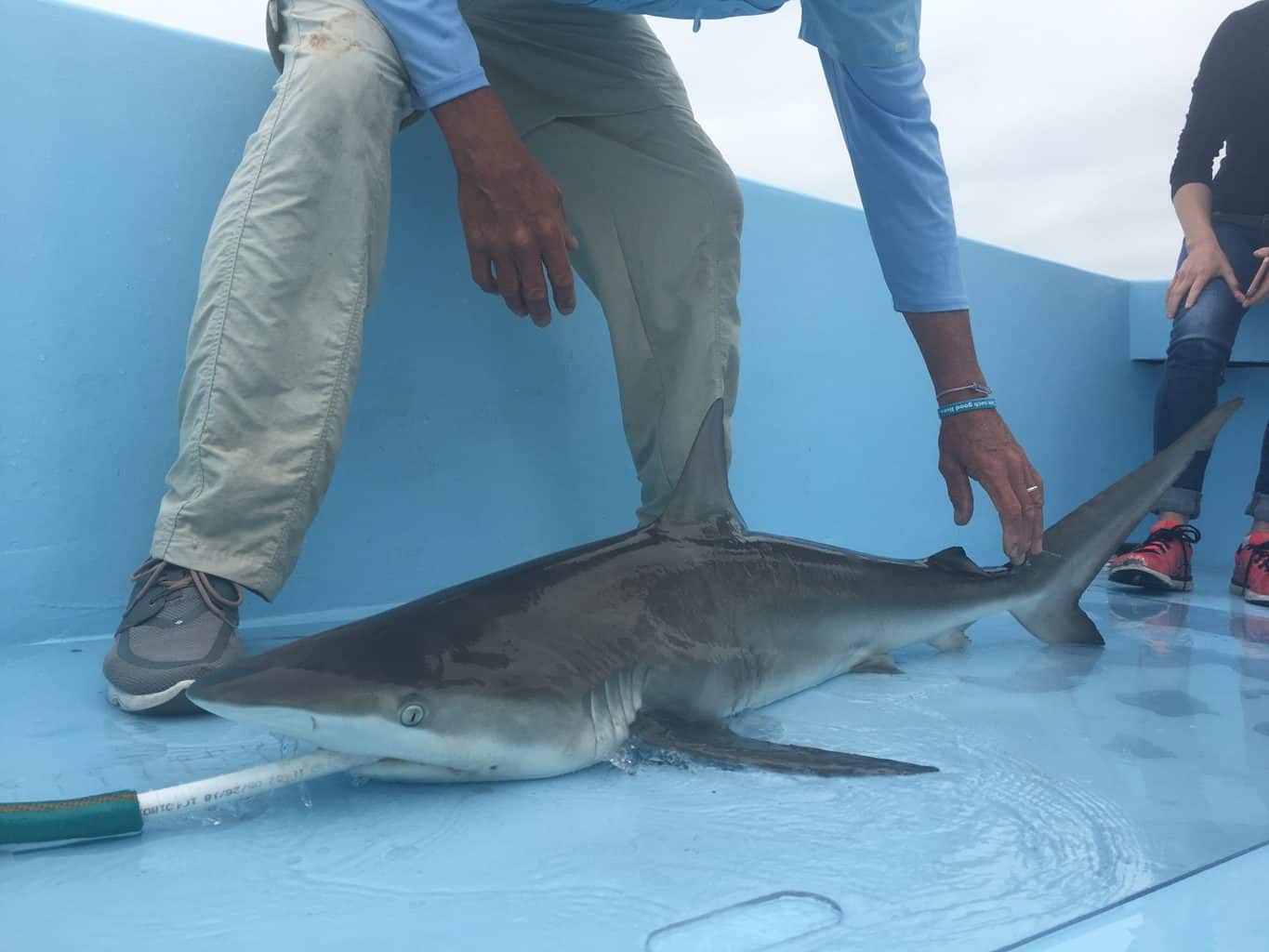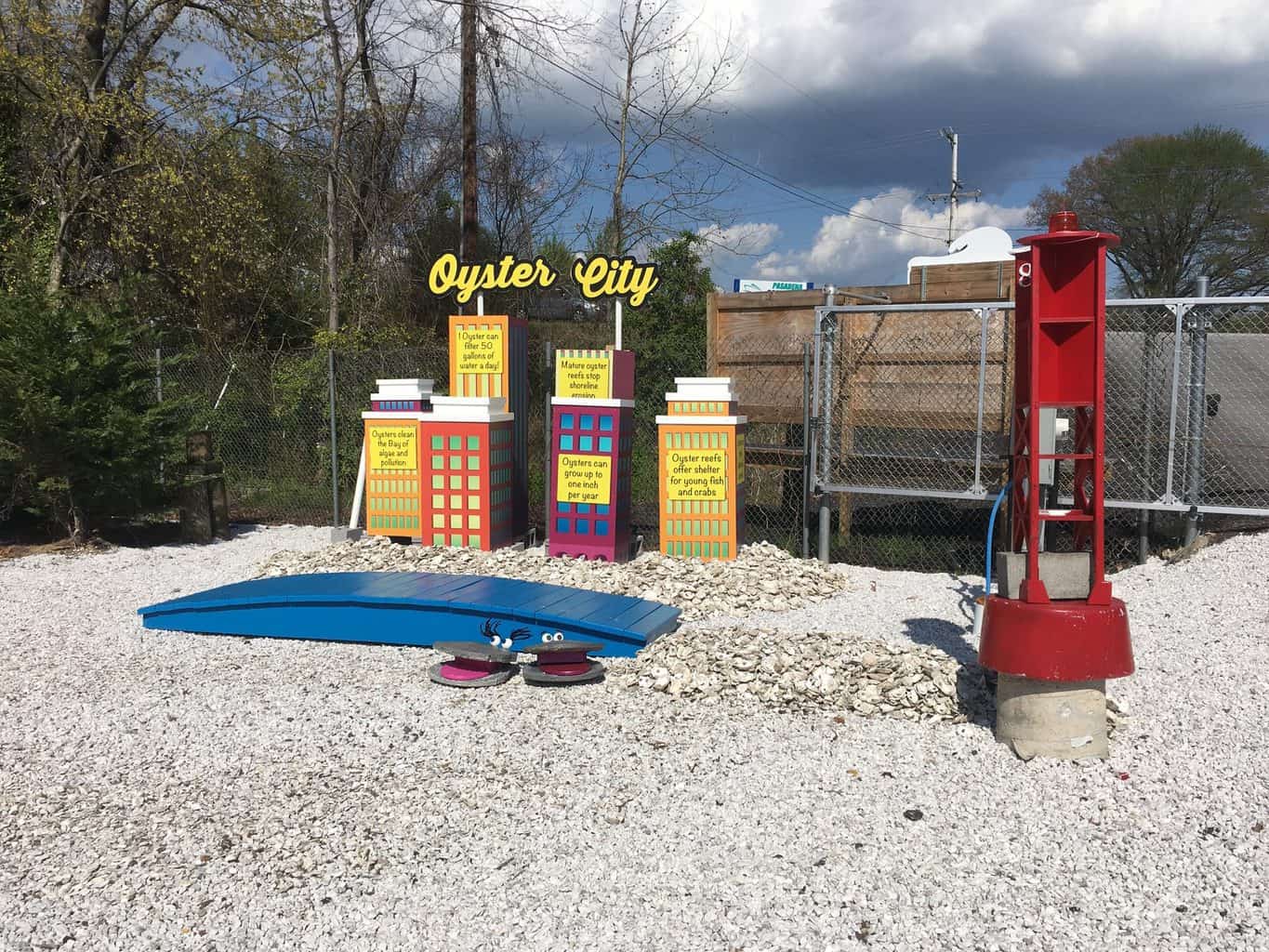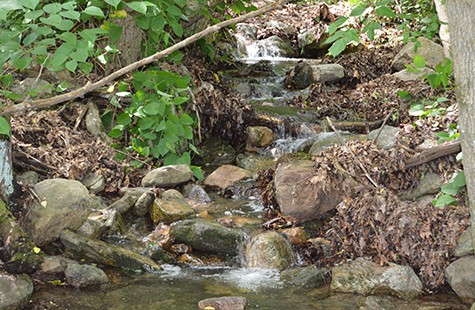Just days after the Chesapeake Bay Report Card celebrated a reduced “dead zone,” ecologists are forecasting a larger-than-average dead zone for the summer of 2018.
Ecologists from the University of Maryland Center for Environmental Science, the same group who released the Bay Report Card, along with the University of Michigan, are making the prediction. They believe the nasty dead zone is coming because of increased rainfall in the watershed this spring.
The dead zone refers to an area of the water with little or no oxygen that chokes aquatic life. This summer, the two universities expect it to be about 1.9 cubic miles large. Spring rainfall brings extra nitrogen to tidal waters, which triggers the algae blooms that deplete the water of oxygen.
In spring 2018, the Susquehanna River sent 85.7 million pounds of nitrogen into the Chesapeake Bay. The Potomac River, as measured near Washington, D.C., supplied an additional 30 million pounds of nitrogen, according to the U.S. Geological Survey (USGS).
So does this summer’s forecast undermine the overall trend of a reduced dead zone? Not necessarily, according to UMCES scientists.
“The Chesapeake Bay’s response to reductions in nutrient pollution may be gradual, involve lags, and be interrupted by the weather,” said report co-author Jeremy Testa of the University of Maryland Center for Environmental Science’s Chesapeake Biological Laboratory. “The forecast illustrates these challenges well.”
National Oceanic and Atmospheric Administration scientists looks to the future:
“Despite this year’s forecast, great strides have been made in reducing nutrient pollution from various point sources entering the Chesapeake Bay, such as wastewater treatment plants,” said Steve Thur, director of NOAA’s National Centers for Coastal Ocean Science. “However, to reach the economic potential of the Chesapeake Bay, more work needs to be done to address nonpoint nutrient pollution, such as agriculture and stormwater runoff.”
Measurements of the Chesapeake Bay’s dead zone go back to 1950. This fall, the Maryland Department of Natural Resources and the Virginia Department of Environmental Quality will release the results of the Chesapeake Bay Monitoring Program, which tracks the Bay’s oxygen and nutrient levels throughout the year.
-Meg Walburn Viviano




